#microbiologi
Text
I'm working on clearing out some old tabs, and ran across this piece from last fall. The short version is that your gut microbiome and other microbes that accompany you in a series of symbiotic relationships throughout your lifetime persist even after you die. While you might assume that these bacteria and other little beings would perish along with you once you're no longer warm and living, it turns out that they shift gears upon your death, being part of the massive effort to return your remains en masse to the nutrient cycle.
There's honestly something rather poetic about that. Here you've spent a lifetime being the center of a holobiont--a sort of miniature, migratory ecosystem. And these many millions of life forms that you have given safe harbor to for thousands upon thousands of their generations are among the funerary vanguard caring for your remains after you're gone. They pour forth from their ancestral lands--the gut, the skin, and other discrete places--and spread out through even the most protected regions of your form.
And then, just as you constructed your body, molecule by molecule, from a lifetime of nutrients you consumed, so do these microbes go through the process of returning everything you borrowed back to the wider cycles of food and growth and life and death. The ancient halls where their ancestors lived in relative stability are now taken apart in the open air, and their descendants will disperse their inheritance into the soil and the water through the perpetual process of decomposition.
I've always wanted a green burial, and I find it comforting that when my remains are laid in the ground, they'll be accompanied by the tiny ecosystems I spent a lifetime tending, and who will return the favor by sending my molecules off in a billion new directions.
#death#dying#decomposition#nature#green burial#microbiome#gut microbiome#gut microbiota#microbiota#microbiology#science#scicomm#symbiosis#ecology
9K notes
·
View notes
Text

Hatsune microbe
#hatsune miku#miku#miku fanart#hatsune miku fanart#miku hatsune#vocaloid#vocaloid fanart#vocaloid hatsune#vocaloid miku#vocaloids#microbiology
22K notes
·
View notes
Text

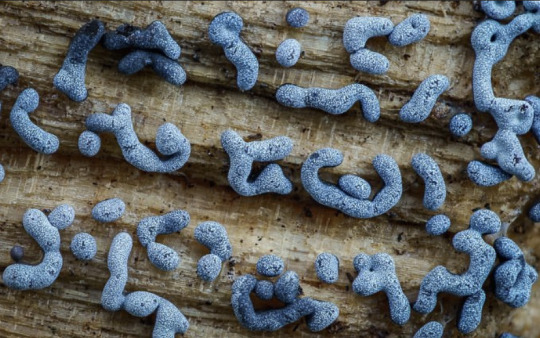
Physarum cinereum by Alison Pollack
#physarum#physarum cinereum#alison pollack#texture#myxomycota#slime mold#slime mould#macro photography#microbiota#microbiology#microorganisms#myxomycetes#nature photography#forest floor
7K notes
·
View notes
Text
and when i say "specimens" i don't mean taxidermied mounts made to look lifelike for exhibit, i'm talking about the thousands to millions of specimens lying in drawers and shelves like this:
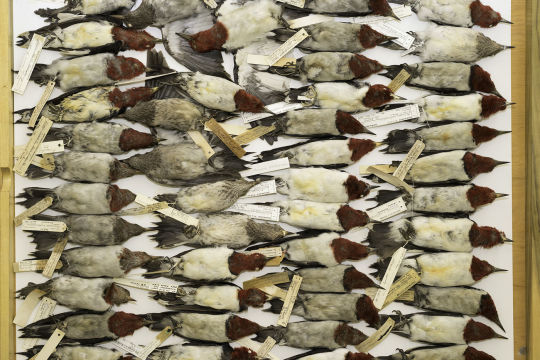

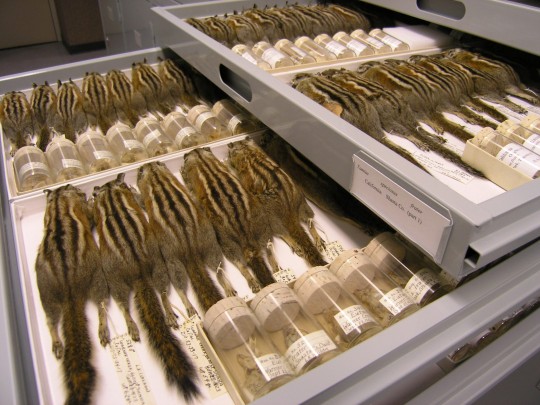

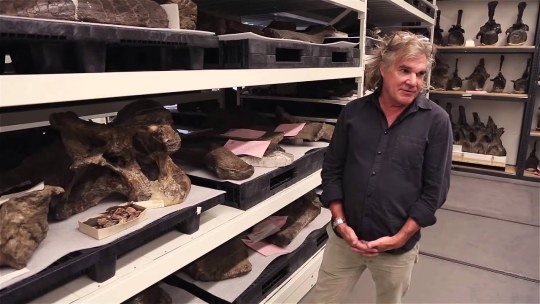
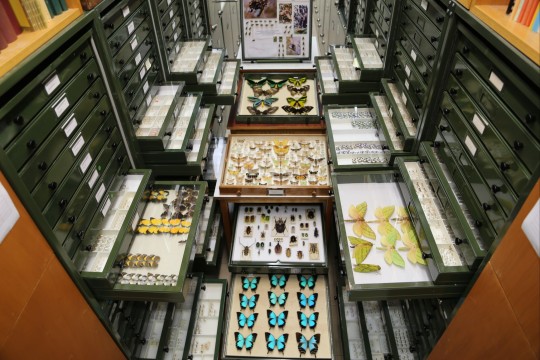
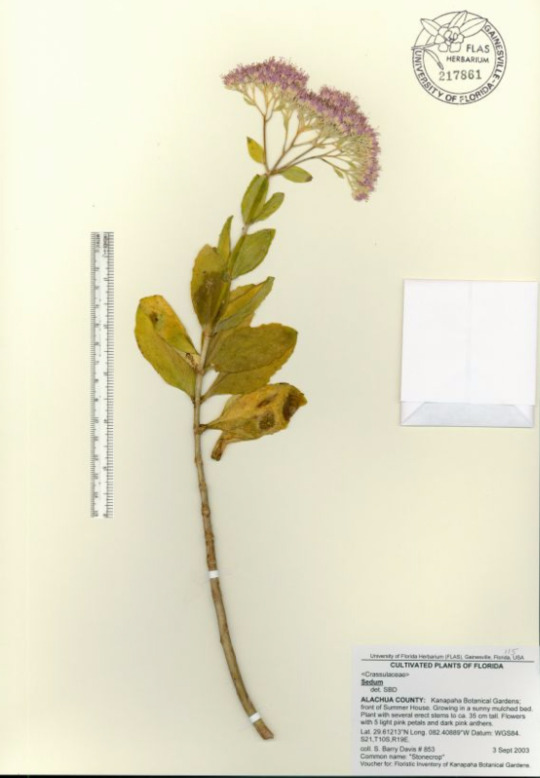


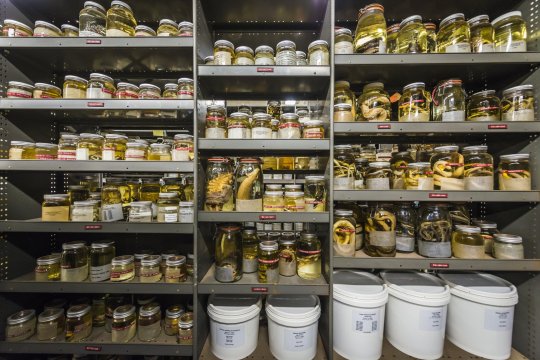
asking because i didn't know this until i was in high school. reblogs greatly appreciated, i want to reach as far out of science nerd tumblr as possible!
#science#biology#paleontology#botany#entomology#animals#birds#mammals#herpetology#microbiology#nature#museum#dark academia#vulture culture#throwing those last two in for good measure...#lab notebook
3K notes
·
View notes
Text




gifts for microbio and paleo enthusiasts! :DD
#science#biology#microbiology#microscopy#cell biology#marine biology#paleontology#paleoblr#dinosaurs#phycology#algae#diatoms#coccolithophore#bacteria#nitrogen fixing bacteria#pins#keychains#small business#artists on etsy#mu's wares
2K notes
·
View notes
Text

#made this for Aly but its applicable for all the mutuals so i had to post#putting my mutuals in a petri dish so I can study them#biology#biology memes#culture#petri dish#microbiology#bacteria#mold#mold colonies#colonies#agar plates#agar#mold growth#fungi#fungal colonies#microbiology memes#microorganisms#yeast#agar gel#science#science memes#fungus#mycology#wild fungi#mushrooms#mushroom
16K notes
·
View notes
Text
"A surprise discovery from the University of Birmingham shows that we may be significantly underestimating the potential of trees to regulate the variables of climate change.
That’s because they found microbes living inside trees’ bark absorb the greenhouse gas methane about as significantly as microbes living in the soil.
It’s long been thought that soil is the only effective terrestrial methane sink, as certain microorganisms use methane as a food source, but similar creatures live under a tree’s layer of bark, meaning that not only do our woody cousins withdraw CO2 from the atmosphere and store it in their roots, but also remove methane as well, about as effectively or perhaps more so than soil.
Methane is a potent greenhouse gas for the few short years it exists in the atmosphere before degrading.
Professor Vincent Gauci of U. Birmingham led the study, published in the journal Nature.
In the study, the researchers investigated upland tropical, temperate, and boreal forest trees. Specifically, they took measurements spanning tropical forests in the Amazon and Panama; temperate broadleaf trees in the UK; and boreal coniferous forests in Sweden.
The methane absorption was strongest in the tropical forests, probably because microbes thrive in the warm wet conditions found there. On average the newly discovered methane absorption adds around 10% to the climate benefit that temperate and tropical trees provide.
By studying methane exchange between the atmosphere and the tree bark at multiple heights, the researchers were able to show that while at soil level the trees were likely to emit a small amount of methane, from a couple of meters up the direction of exchange switches and methane from the atmosphere is consumed.
In addition, the team used laser scanning methods to quantify the overall global forest tree bark surface area, with preliminary calculations indicating that the total global contribution of trees is between 24.6-49.9 Tg (millions of tonnes) of methane. This fills a big gap in understanding the global sources and sinks of methane.
“Tree woody surfaces add a third dimension to the way life on Earth interacts with the atmosphere, and this third dimension is teeming with life, and with surprises,” said co-author Yadvinder Malhi of the University of Oxford."
-via Good News Network, July 31, 2024
#trees#forests#tree bark#methane#global warming#emissions#plant biology#soil#microbes#microbiology#climate news#climate science#good news#hope
893 notes
·
View notes
Text









#please vote for science#pathology#microbiology#histology#vetblr#pathblr#veterinary pathology#microscopy#dermatology
881 notes
·
View notes
Text

CRISPR was already on thin fucking ice as a serious name for a biotech technique and now they made up CRISPY-BRED are you joking
4K notes
·
View notes
Text
Best part about being an artist?? Spoon feeding strangers your hyperfixations whenever you please
4K notes
·
View notes
Text


Matcha-microbiology 🧪
#my art#artists on tumblr#kawaii#cute#aesthetic#matcha#chemistry#chemist#biology#biologist#science#microbiology#mibi#green#plants#art#Illustration#drawing#procreate art
682 notes
·
View notes
Text
Did you know that 4000 metres bellow the ocean there are chemosynthetic bacteria that are specifically evolved to digest the wood of trees that have grown on land?
The wood on the sea floor can come from trees that fall into lakes and end up in the ocean, or wooden ships that have sunken. (Called 'Wood-falls')
The reason why deep marine organisms are able to digest wood despite never seeing the light of day, let alone a plant - since plants are unable to grow in the deep ocean because of a lack of sunlight - is because the ocean is so isolated and scarce of food that when a new food source is suddenly available, organisms rapidly evolve to be able to eat it.
This is called 'Adaptive Radiation', and can also occur on isolated islands.

#Ocean#oceanology#marine biology#marine ecology#marine ecosystem#marine life#deep ocean#deep sea#microbiology#oceanography#oceancore#ocean floor#marine#seacore#Sea#deep marine life#sailorcore#fish#the abyssal#oceanic#sea#marine love#fun facts#ocean facts#marine biodiversity#evolution
8K notes
·
View notes
Text

Cribraria rufa amongst liverwort
by Andy Sands
#andy sands#cribraria rufa#cribraria#liverwort#slime mold#myxomycota#slime mould#forest floor#macro photography#myxomycetes#microbiota#microbiology#microorganisms#nature photography#forest photography
769 notes
·
View notes
Text

making amends
#spirk#star trek#oh huh you guys are active!#beloved part 2#james t kirk#james kirk#spock#james kirk x spock#star trek art#my art#i was lazy and wanted to draw part 2 so bad so here you go#i really need to continue learning for my microbiology exam in the next month but spirk are all over my head#I CANNOT DO ANYTHING#brain worms
1K notes
·
View notes
Text

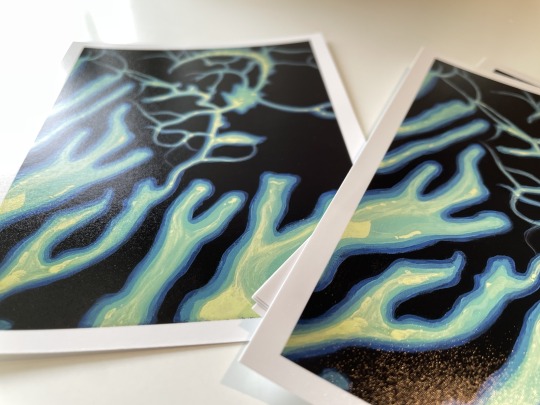
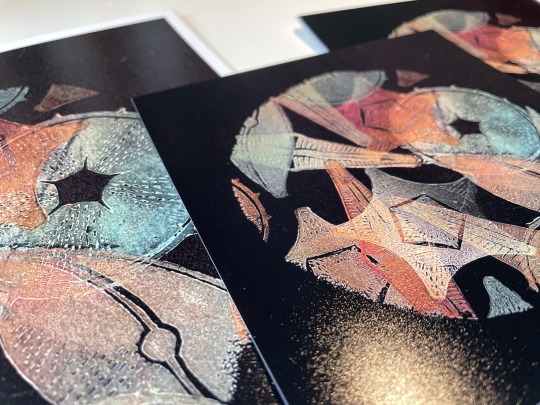
https://mugeneartshop.etsy.com
⬆️ Diatom and bacteria art prints now available!!
See how I made the original pieces: P. dendritiformis, Eating Iron, Microcosms
#art#artists on tumblr#art print#biology#bio art#biology art#diatoms#bacteria#microbiology#microbes#microscopy#bacteriology#phycology#etsy#mu's wares
885 notes
·
View notes
Text

Sprinkle Amoeba. Hehehehe ✨🦠
1K notes
·
View notes